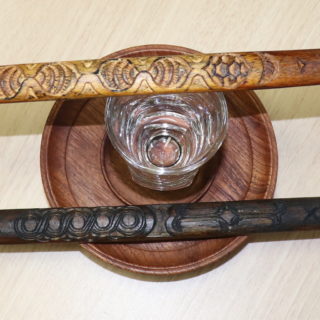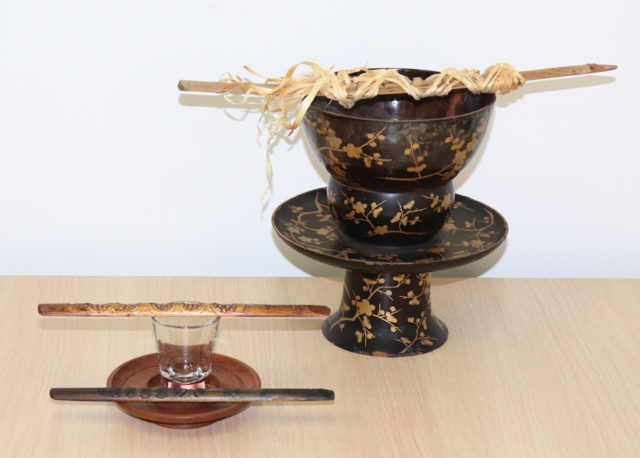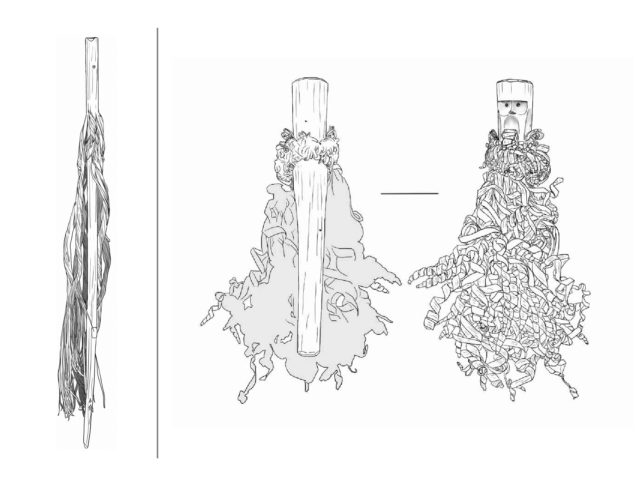Profile
- Research Fields
- Religion of Ainu people, Ainu language, Oral literature
- Graduate School - Division / Department / Laboratory
- Division of Humanities / Department of Ainu and Indigenous Studies / Laboratory of Ainu and Indigenous Studies
- Related Links
Lab.letters


Tracing religious rituals of the Ainu from their perspective
I initiated my research preoccupied with a desire to perform religious rituals in line with the way the local Ainu community to which my mother (a Sakhalin Ainu) belongs does. Ainu religious rituals vary depending on the region, and their remaining historical documents also differ in terms of content completion status. Research on religious rites encompasses diverse elements ranging from identifying what deities they enshrine to clarifying when they offer prayers as well as what kind of words, music and ritual implements they use when performing rituals. I recognize that these are extremely important factors when it comes to understanding the Ainu culture.
At the same time, I am able to provide my own observations since I am also a member of the Ainu community. I feel it is necessary to correct misunderstandings or prejudgments so that the Ainu can avoid playing an extreme role as a people with traits such as being mystical or living in harmony with nature, which may also be applicable to other peoples.

Comics are helping bring the Ainu closer to the university
where mutual understanding is deepening
Under the influence of a popular comic Golden Kamuy, students of Hokkaido University these days are showing a highly favorable interest in the Ainu, which I feel is due to the current atmosphere. I myself had the pleasure of helping to edit the comic book, which encouraged me to complete a paper on shamanism called tusu in the Ainu language. I cannot help but realize the significant impact that comic books have on people.
The message I wish to convey to both students who are interested in the Ainu and those who are of Ainu descent is that the final goal of your research is not to become conversant with Ainu culture but to develop enough insight to compare it with other cultures. Comparing Ainu culture to other cultures to identify similarities and differences between them is conducive to re-evaluating Ainu culture. The comparison helps create deeper mutual understanding between us. I hope that Hokkaido University will continue to be a comfortable place for Ainu people. Although personal in nature, these are my true feelings.



